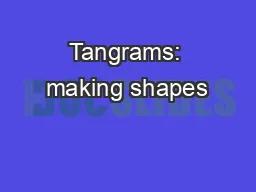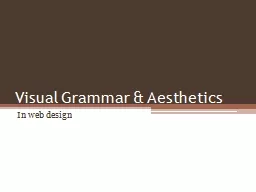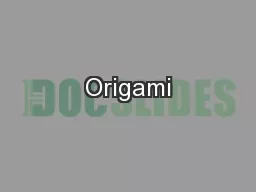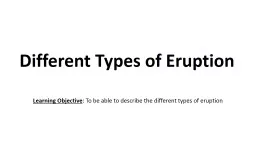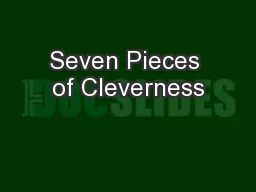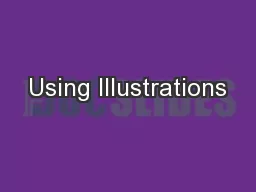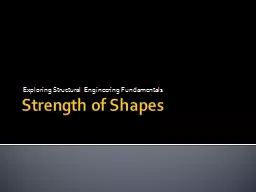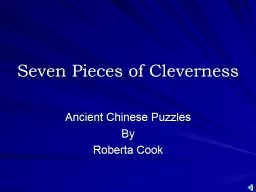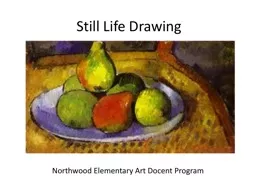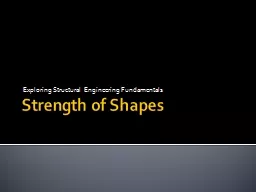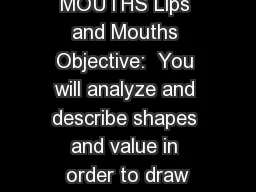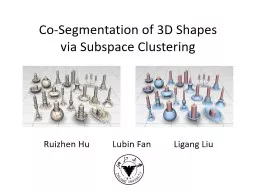PPT-Tangrams: making shapes
Author : liane-varnes | Published Date : 2017-06-25
Make a tangram by drawing an 8 x 8 square and cutting out the 7 shapes as shown below Tangrams making shapes Use all 7 shapes each time they can be rotated and flipped
Presentation Embed Code
Download Presentation
Download Presentation The PPT/PDF document "Tangrams: making shapes" is the property of its rightful owner. Permission is granted to download and print the materials on this website for personal, non-commercial use only, and to display it on your personal computer provided you do not modify the materials and that you retain all copyright notices contained in the materials. By downloading content from our website, you accept the terms of this agreement.
Tangrams: making shapes: Transcript
Download Rules Of Document
"Tangrams: making shapes"The content belongs to its owner. You may download and print it for personal use, without modification, and keep all copyright notices. By downloading, you agree to these terms.
Related Documents

